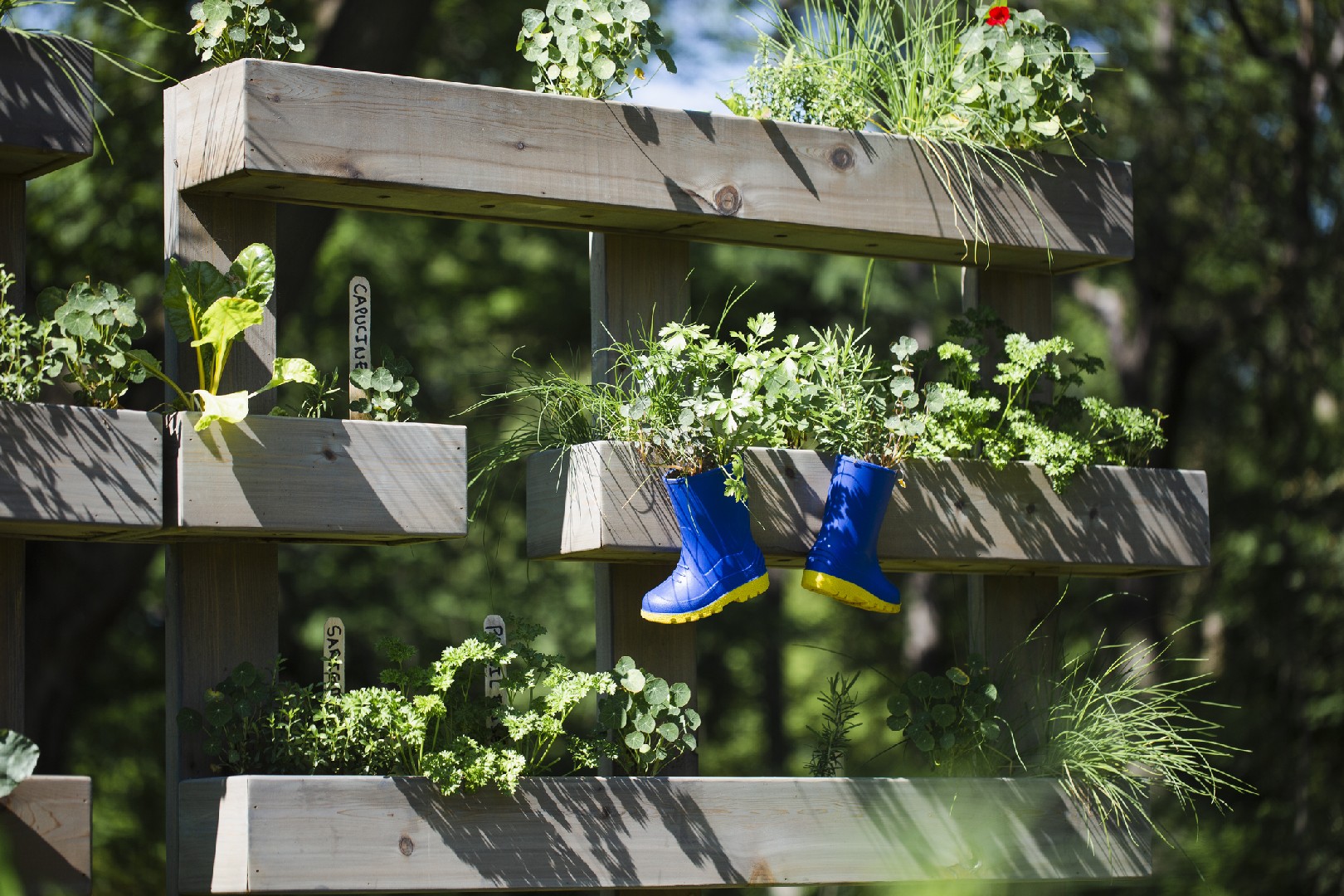![Rectangle]()
Choosing Your Champion: Selecting the Right Containers
When it comes to container vertical edible gardening, selecting the right containers is crucial for your success. The size and material of the containers play a significant role in the health and productivity of your plants.
Firstly, let's talk about the importance of container size. Larger containers provide more room for the roots to grow and develop, allowing your plants to thrive. Smaller containers, on the other hand, may restrict root growth and limit the overall size and yield of your plants. Therefore, it's generally recommended to choose containers that are at least 12-18 inches in diameter and depth, providing sufficient space for your plants to spread their roots and grow comfortably.
Another factor to consider is the material of the containers. While there are various options available, such as plastic, terracotta, and wood, each material has its advantages and disadvantages. Plastic containers are lightweight, durable, and retain moisture well, making them a popular choice for many gardeners. Terracotta containers, on the other hand, are porous and allow for better airflow to the roots, but they may dry out quickly and require more frequent watering. Wooden containers provide excellent insulation for the roots and can be quite aesthetically pleasing, but they may rot over time if not properly treated.
Drainage is another important consideration when choosing containers for vertical edible gardening. Proper drainage is essential to prevent waterlogging and the risk of root rot. Make sure that your containers have sufficient drainage holes at the bottom to allow excess water to escape. You can also add a layer of gravel or small rocks at the bottom of the containers to improve drainage.
Weight is also a factor to keep in mind, especially when arranging your containers vertically. As you stack multiple containers on top of each other, the weight can add up quickly. Ensure that the structure you choose for your vertical garden can support the weight of the containers, soil, and plants without compromising safety.
Lastly, don't forget about the aesthetics of your vertical edible garden. Using decorative pots can enhance the visual appeal of your garden and create a delightful atmosphere. Consider containers with vibrant colors, interesting textures, or unique shapes that complement the overall theme and style of your garden.
In conclusion, selecting the right containers is vital for successful container vertical edible gardening. Choose containers of appropriate size and material, prioritize proper drainage and weight considerations, and don't forget to add a touch of beauty with decorative pots. By doing so, you'll create an engaging and visually stunning garden while providing optimal conditions for your plants to thrive and produce a bountiful harvest. Happy gardening!





